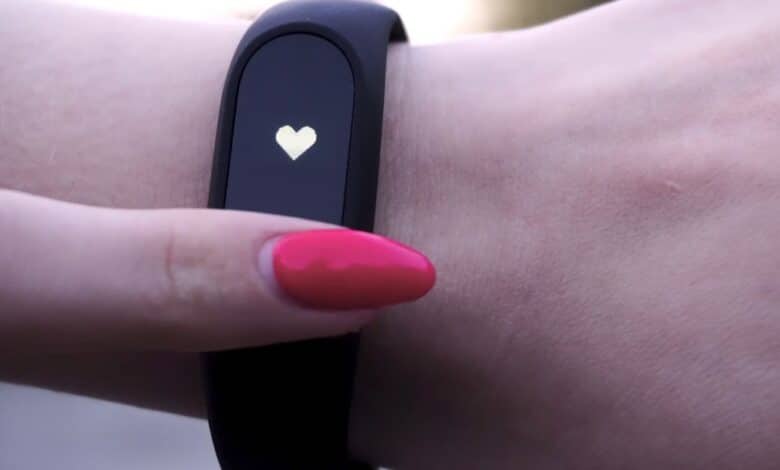Calibrating Your Fitbit for Enhanced Accuracy: A Comprehensive Guide

In today’s digital age, fitness tracking devices have become increasingly popular, and Fitbit stands out as one of the leading brands in the market. Fitbit offers a wide range of features, from step counting to heart rate monitoring and sleep tracking. While Fitbit devices are known for their accuracy, there are ways to further enhance their precision by calibrating certain settings. In this comprehensive guide, we will explore various methods to calibrate your Fitbit device, ensuring that you get the most accurate results for step counting, distance tracking, sleep monitoring, exercise detection, swim tracking, and heart rate measurement.
Improving Step Counting and Distance Accuracy
One common concern among Fitbit users is the accuracy of step counting and distance tracking. Fitbit devices rely on stride length to calculate these metrics, and adjusting your stride length can significantly improve accuracy. To calibrate your stride length:
1. Open the Fitbit app and navigate to the “Account” section.
2. Scroll down to “Activity and Wellness” and select “Exercise.”
3. Look for the option labeled “Stride Length.”
4. Measure your stride length by walking or running a known distance and dividing it by the number of steps taken.
5. Enter the calculated stride length for both walking and running to ensure accurate tracking for various activities.
Enhancing Sleep Tracking Accuracy
Fitbit devices are equipped with sleep tracking capabilities, allowing users to monitor their sleep patterns and quality. To improve the accuracy of sleep tracking:
1. For iPhone users, go to the Fitbit app and access the “Account” section.
2. Select “Activity & Wellness” and then choose “Sleep.”
3. By default, the sleep sensitivity is set to “Normal.” If you find that your sleep is not accurately recorded, consider adjusting it to “Sensitive.”
4. Android users can adjust sleep sensitivity by logging into the web dashboard, navigating to the settings tab, and toggling between the normal and sensitive options.
Calibrating Exercise Detection
Fitbit’s SmartTrack feature automatically detects various workouts, including walking, running, cycling, and swimming. However, sometimes the automatic detection may not work as expected. To calibrate exercise detection:
1. Access the Fitbit app and go to the “Account” section.
2. Select “Activity & Wellness” and then choose “Exercise.”
3. Adjust the time setting for automatic exercise detection. Fitbit allows you to set a specific duration, with a minimum of 10 minutes.
4. If the automatic tracking is still not accurate, you can disable it for individual exercises.
Improving Swim Tracking Accuracy
For those who enjoy swimming, Fitbit offers swim tracking features. To ensure accurate tracking during your swim sessions:
1. Open the Fitbit app and access the “Account” section.
2. Select “Activity & Wellness” and then choose “Exercise.”
3. Find the swimming option and adjust the pool length accordingly.
4. If you own a Sense or Versa series smartwatch, you can adjust the pool length directly on the watch by tapping the cog icon and modifying the distance.
Enhancing Heart Rate Accuracy
Fitbit devices commonly utilize optical heart rate monitors to measure heart rate during workouts and daily activities. To improve the accuracy of heart rate readings:
1. Wear your Fitbit device on top of your wrist, ensuring that the back of the device is in contact with your skin.
2. During exercise, make sure to wear your device slightly tighter to minimize movement that could affect the sensor’s readings. However, avoid making it too tight or uncomfortable.
3. When not using the heart rate sensor during exercise, position your device a few finger widths above your wrist bone.
4. Additionally, make sure to indicate in the Fitbit app which wrist you are wearing the device on, as this can impact step counting sensitivity.
Conclusion
Calibrating your Fitbit device is a valuable step to ensure accurate tracking of your activities, sleep patterns, swimming sessions, and heart rate. By adjusting settings such as stride length, sleep sensitivity, exercise detection time, pool length, and wrist placement, you can enhance the overall accuracy of your Fitbit device. Take advantage of these calibration techniques to optimize your Fitbit experience and gain deeper insights into your fitness journey. Remember, accuracy is key when it comes to tracking progress and achieving your health and wellness goals.




